The Benefits of Messy Time
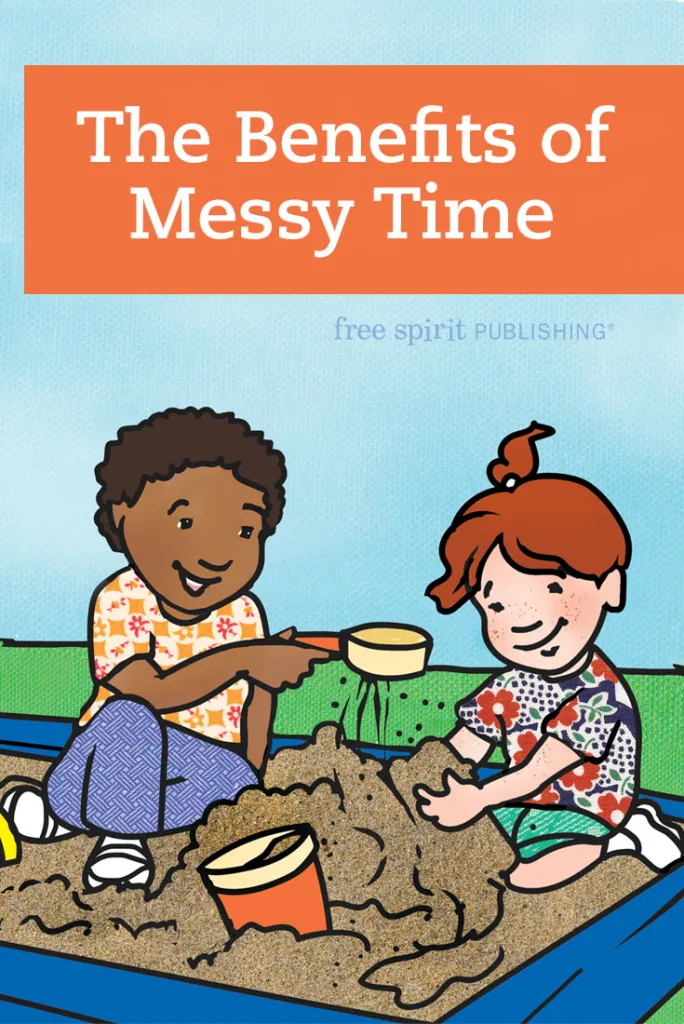
“The Benefits of Messy Time” originally appeared at freespiritpublishingblog.com. Copyright © 2022 by Free Spirit Publishing. All rights reserved. When my daughter Olivia was a toddler, her best friend was Will, the two-year-old down the street. Will didn’t say much, so Olivia talked for both of them. He adored trains—his “choo-choos.” All summer before preschool […]
National Bullying Prevention Month
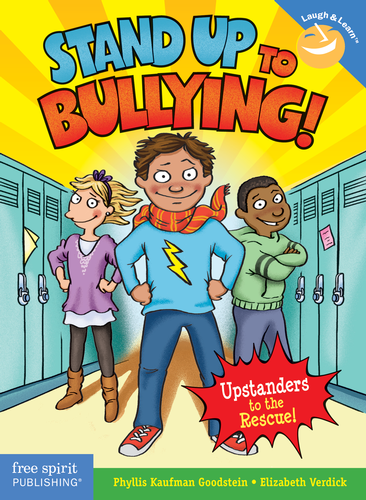
“National Bullying Prevention Month” originally appeared at freespiritpublishingblog.com. Copyright © 2020 by Free Spirit Publishing. All rights reserved. This month, our nation is focusing more on bullying prevention. But the fact is, bullying happens every single day of the school year. The statistics tell us: 1 in 3 students is the victim of bullying. 1 […]
How to Set Positive Summer Screen-Time Limits for Children
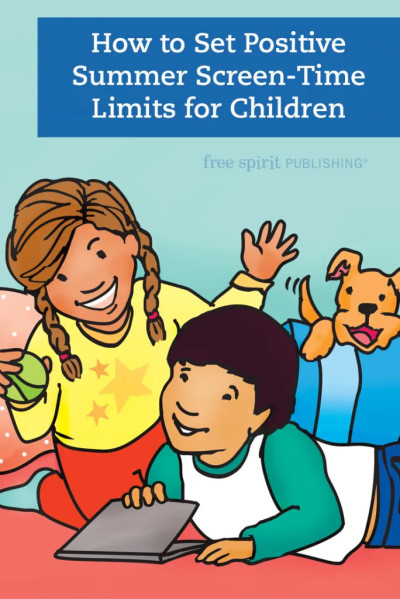
“How to Set Positive Summer Screen-Time Limits for Children” originally appeared at freespiritpublishingblog.com. Copyright © 2021 by Free Spirit Publishing. All rights reserved. Confession: I’m writing this with three screens in front of me. The laptop I’m typing on, the phone I’m using for an interview, and the iPad playing an episode of The Office […]
Summer Screen Time Advice for Kids with ASD (and Their Families)

“Summer Screen Time Advice for Kids with ASD (and Their Families)” originally appeared at freespiritpublishingblog.com. Copyright © 2020 by Free Spirit Publishing. All rights reserved. Welcome to the summer of 2021! As it has been for everyone, the past year and a half has been challenging and life-changing for those of us caring for someone […]
June Is Potty-Training Awareness Month … Who Knew?
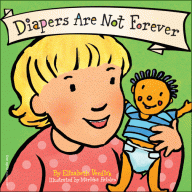
“June Is Potty-Training Awareness Month … Who Knew?” originally appeared at freespiritpublishingblog.com. Copyright © 2020 by Free Spirit Publishing. All rights reserved. June is a perfect month to share toilet-training tips, because it is officially Potty-Training Awareness Month. As it happens, I’ve been thinking a lot about diapers—and not just because my geriatric dog now […]
You Write Books with … Messages?
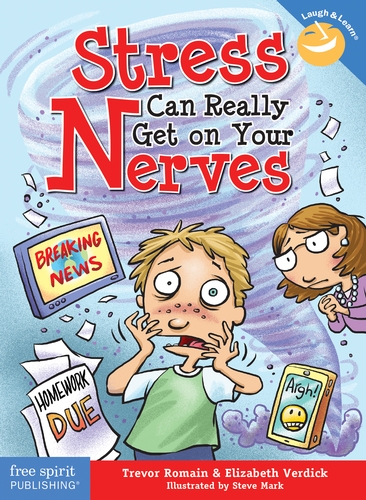
“You Write Books with … Messages?” originally appeared in Bookology Magazine. Copyright © 2020 by Winding Oak LLC. All rights reserved. Yes. Yes I do. Sure, I know there’s a whole school of thought that says “sharing a message” in a children’s book is something to avoid. That children will learn more, feel more, by reading […]
Worries Are Not Forever: How to Recognize and Soothe Anxiety in Young Children
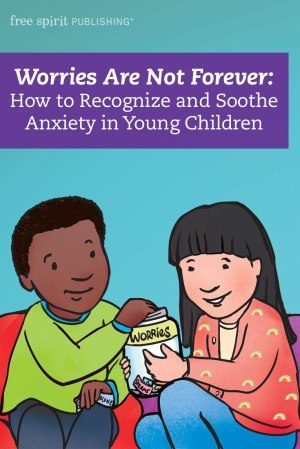
“Worries Are Not Forever: How to Recognize and Soothe Anxiety in Young Children” originally appeared at freespiritpublishingblog.com. Copyright © 2020 by Free Spirit Publishing. All rights reserved. When I tell parents and teachers the title of my new children’s book, Worries Are Not Forever, they often say something like, “I need that immediately” or “Do […]
Too Much Whining While Waiting? Tips to Foster Patience in Children
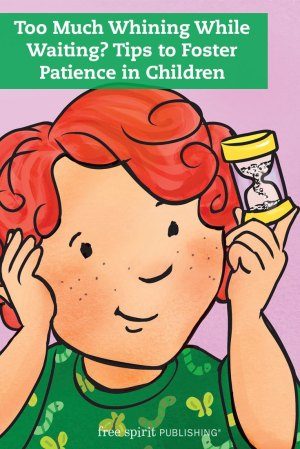
“Too Much Whining While Waiting? Tips to Foster Patience in Children” originally appeared at freespiritpublishingblog.com. Copyright © 2020 by Free Spirit Publishing. All rights reserved. Do you know Veruca Salt? She’s the spoiled, impatient young girl from Roald Dahl’s children’s book Charlie and the Chocolate Factory, which was made into the classic Willy Wonka movie. […]
This Is the Way We Wash Our Hands …
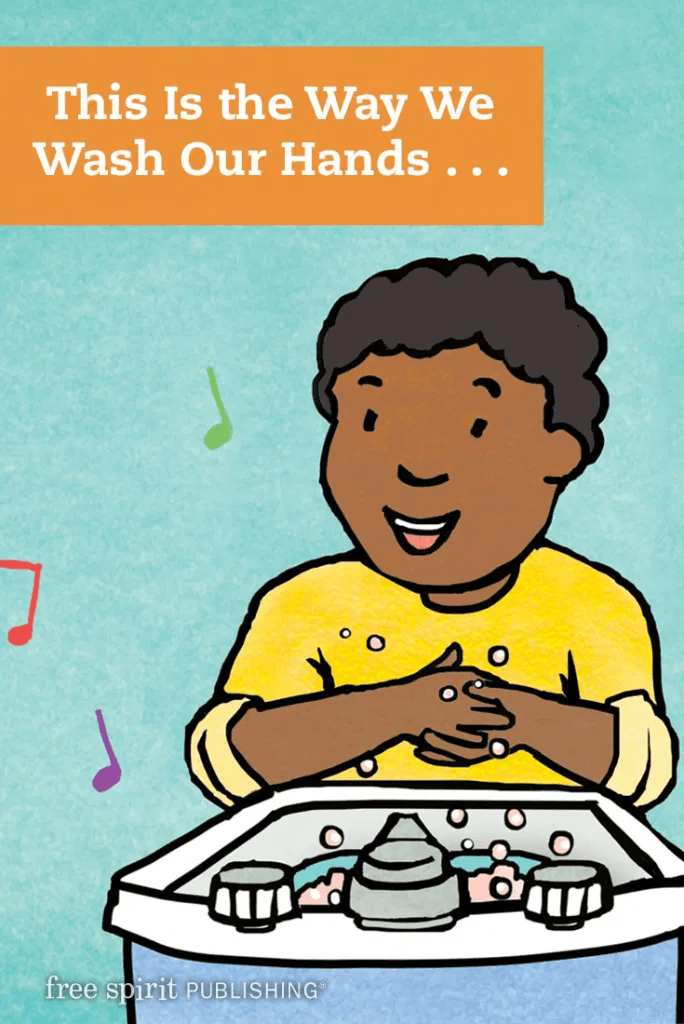
“This Is the Way We Wash Our Hands …” originally appeared at freespiritpublishingblog.com. Copyright © 2020 by Free Spirit Publishing. All rights reserved. Jimmy Fallon’s new song is helping Americans tune in to the importance of fighting viruses: “Wash your hands, wash your hands, do not touch your face.” He strums his guitar, crooning that […]
Reading Together: Why Your Baby Needs Books
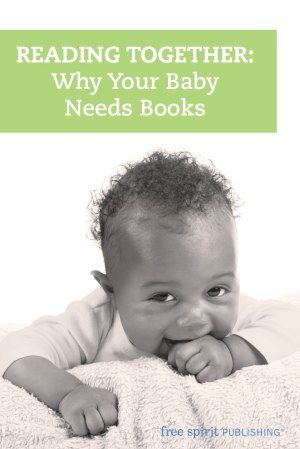
“Reading Together: Why Your Baby Needs Books” originally appeared at freespiritpublishingblog.com. Copyright © 2020 by Free Spirit Publishing. All rights reserved. When you read to your baby, you’re not just bonding, you’re promoting language and social skills. It’s never too early to start a positive lifetime habit. “In the first few weeks with my newborn […]
